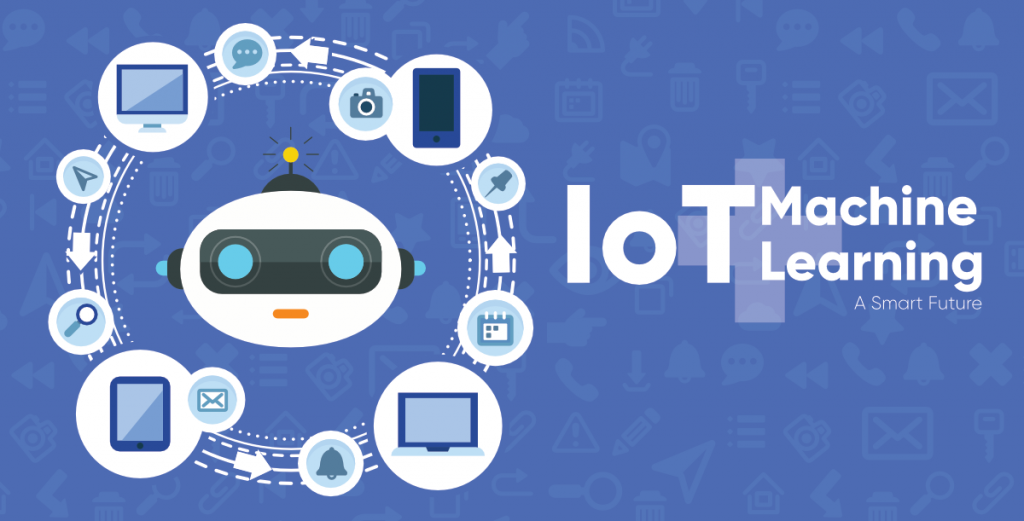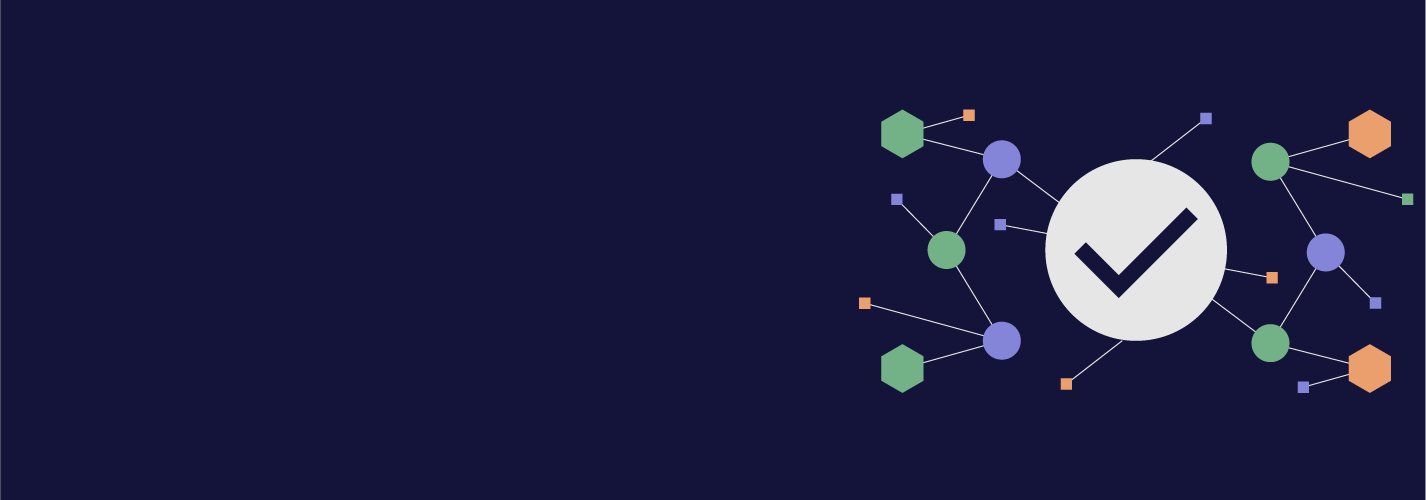In the digital age, the Internet of Things or IoT is one of the most talked-about technologies. With the new year’s arrival, more and more technology enthusiasts and companies are seeing the latest trends in the Internet of Things 2021. This blog will look at the emerging IoT trends and how this technology will affect you this year. Before we begin, let’s take a look at some IoT facts and figures:
By 2021, the IoT market will generate 21 billion in revenue.
It assumes that by 2022, 100% of the population will have LPWAN coverage.
By 2025, there will be over 64 billion IoT-enabled devices worldwide.
In 2019, there were about 7 billion IoT-enabled devices—however, over 10 billion devices are expected to join the IoT ecosystem.
In 2019, connected nearly half of all Internet of Things (IoT) devices to wireless personal area networks (WPANs), including Bluetooth, Z-wave, and Zigbee
54% of companies have invested in developing IoT applications because of the cost reduction factor.
Today, IoT is not new to us at all, and almost all devices like wearables, smart homes, connected cars, intelligent shops, etc., are all classic examples of IoT. It has become a prevalent and integral part of our lives today.
Does the question now arise as to how IoT has managed to become so popular in such a short time? What move are the circumstances driving the growth of IoT?
A brief overview of IoT
Over the years, the IoT has become one of the most critical technologies of the 21st century. Connecting everyday objects such as kitchen appliances, cars, baby monitors, etc., has become a breeze.
Frankly, the Internet of Things is a method of interconnected computing devices and machine tools with unique identifiers that can transport data over the network.
It means that billions of physical devices around the world connect to the internet. With the advent of super-cheap computer chips, the use of wireless networks has allowed devices to communicate seamlessly. And with the help of cheap computers, big data, and mobile technologies, the interaction between physical devices has become possible.
Yes, it would not be wrong to say that “the physical world is merging with the digital world – and the magic is that they work together.”
Here are the four main factors responsible for the growth of the IoT:
- Widespread internet connectivity
- High adoption of mobile by individuals
- Substantial private and public sector interest
- Availability of low-cost sensors
IoT in India
As you can view from the image above, the IoT market size is estimated to be around $130 billion in India alone. You can check above its importance in different industries.
Industrial and commercial IoT.
Let's get a peek at the top 11 IoT trends.
1| IoT for Customer Service
One of the future trends of IoT is to improve companies’ customer service by providing real-time access to the required data. In addition, the IoT also enables the use of various customer relationship management software, which informs support staff of customer issues and can detect customer problems. All IoT devices can report these problems without the customers knowing about them. Many companies are interested in hiring IoT developers to integrate this technology into their business processes.
IoT projects have one word in common: they connect. You can send and receive all kinds of data. For example, information that indicates whether the device is having problems. This level of intelligence makes support operations clearer.
Previously, you had to contact the support team and write down your problem in detail to recognize it and get started. At the same time, the intelligent device transmits the information directly to the manufacturer’s customer service team. In this way, the service provider can get to the root of the problem twice as fast.
2| IoT and Big Data
Big Data and IoT go hand in hand. These two essential technologies have developed independently, but they are now interconnected. Moreover, many IoT devices are built based on special chips whose main task is to track user activity. All these devices analyze, collect, share and transmit critical data.
Without this critical data, IoT devices would not be able to use their resources. Processing the information in these massive streams requires entirely different levels of data processing. We also note that some next-generation analytics platforms recommend using databases with GPU processing to handle large amounts of data with minimal hardware. Massive data collections open up new possibilities and offer entirely new experiences that users have not been able to realize before.
3| IoT and Machine learning

In the second point, we saw that the IoT could collect a large amount of data, which means we can learn the system. There are IoT software development companies that use IoT and machine learning at the same time to make their system more efficient. The IoT is bringing more and more smart devices into our lives, and as a result, communication between machines is becoming more sophisticated.
Machine learning helps you better predict the outcomes of different situations. User analytics are constant, while ML algorithms improve over time, confirming this. As IoT devices interact with other devices, learning from smart devices has become much more straightforward: You can train them all by training one device.
Here’s an Apple store. The company relaunched the Apple Watch 4 in 2018, introducing it as a sophisticated health tracker. For starters, the Apple Watch is equipped with an electrocardiogram sensor. It measures not only the user’s heart rate but also the heart rhythm. And when the device detects the abnormal rhythm, the host runs fast.
Secondly, these smartwatches integrate the accelerometer and gyroscope. If the owner stops running and there is no activity signal within 60 seconds, the hunter will grant a distress call to five predefined contacts.
4| IoT for Territorial Monitoring
Innovative tools do a lot in agriculture. They can measure soil moisture, monitor water supply, or check ripe fruits and vegetables and inform the operator when it is present to harvest. These innovative methods can reduce costs and improve forecasting, planning, and harvesting.
Another example is a forest fire. Designs similar to infrared cameras and air filters can save our forests in summer. This technology is previously being used in countries where summer forest fires are known to occur.
5| Customer Devices
Finally, I would like to talk about Jupiter’s devices. It is a comprehensive concept that allows everything to come together efficiently and create comfort for people – in homes, offices, entertainment, etc. You can think of many ways to make your environment more comfortable.
Would you like to perform a Bluetooth tracker to help them find their keys, devices (or dogs, if you want)? Or the intelligent fridge that makes the shopping list and checks which products are running low? Or the mood meter that plays your favorite music? IoT gives all routine tasks a new coat of paint and makes them ten times more pleasant.
6| Precise Computing with Edge Computing
The biggest weakness of IoT is that it adds devices behind a network firewall. It may be easy to secure devices, but it takes a lot to realize IoT devices. We need to integrate security between the network connection and the software applications connected to the devices.
IoT achieves the best result because of its cost-benefit ratio and its efficiency in handling data. The fastest data processing presents on all smart devices such as autonomous cars and intelligent traffic lights. Advanced computing is seen as the solution to this problem in the context of the Internet of Trends.
7| Accurate data processing through peak computing
The main flaw of the Internet of Things is that it attaches devices behind a network firewall. Securing devices can be simple, but making IoT devices a reality requires a lot. We need to integrate security between the network connection and the software applications attached to the devices.
IoT is most successful because of its cost/benefit ratio and efficiency in processing data. The data manipulates the fastest in all intelligent devices, such as autonomous cars and brilliant traffic lights. Advanced computing is seen as the solution to this problem on the internet of trends.
Edge computing often outperforms the cloud in terms of cost and speed. We all understand that faster processing indicates less latency, and that’s something edge computing does. Data processing utilizing cloud computing will be where to enhance the Internet of Things.
8| The fusion of IoT with healthcare.
If we take the example of a retailer who benefits from communicating with their customers, wearable devices used by healthcare, and these sectors will see a steady but constant improvement.
Can you believe all therapeutic devices using the cloud and storing images for smart systems? It will be worth mentioning that the government will benefit the most. Internet of Things bearings in the healthcare division is strongly encouraged.
9| Blockchain and IoT improve security.
Soon, a wide range of entrepreneurs, financial and government operations, consumers, and industrialists will have autonomy, decentralization, self-healing, and intelligent people. Some startups have been seen as building their territory on Tangle (IOTA is a distributed ledger designed to perform and record all critical steps between devices in the IoT ecosystem) to produce units and other elements for organizations without the cost of SaaS and GEM.
It would be acceptable to wait for homogeneous, centralized IT models to break down into smaller tasks and services distributed to centralized devices and appliances. Eventually, the Internet of Things will expand into governance, health, financial transactions, and other disciplines that people cannot think of at the moment. These kinds of trends in IoT technologies will create effective differences for us.
10| Manufacturing sector embraces IoT
The Internet of Things practices sensors, which can support managers in identifying problems with machines in advance Issues recall before sending technicians to work on troubleshooting. Sensors are handy for those involved in preventive maintenance—the Internet of Things found in intelligent factories. The use of wearable devices gives workers a clear picture of conditions and safety in the factory.
The Internet of Things and wearable devices connect the factory to management. Users can connect to mobile devices. It improves time and safety management and provides feedback. Innovations in preventive maintenance are a daily occurrence. And they are not about to stop, thanks to the Internet of Things. It is evident in the latest trends in the Industrial Internet of Things.
11| IoT for better workforce management
The use of headlamps during recording hours expects to become standard practice. Headlamps are often used to send messages to consumers via smartphones. Cost reduction will increase the use of beacons in workforce management. Beacons can be used to track staff and schedule tasks. Can easily use data from all these systems used to feed into performance management solutions.
Beacons are used to monitor employee safety. It applies to situations where one must use appropriate safety equipment.
The healthcare sector can use beacons to monitor the activities of doctors and nurses.
It includes access to medical records and the use of medical equipment. IoT is one of the leading subversive technologies on the market.
Conclusion
I hope you appreciate these emerging IoT trends. There is no suspicion that the possibilities allowed by IoT are enormous, as IoT is a rapidly growing technology area. If you are in business and looking to hire a top IoT application development company, make sure to do thorough research before you finalize any one. If you’re wondering for iot developer there are many reputed web development companies in India that can meet your requirements and offer you high-quality solutions within your budget.





